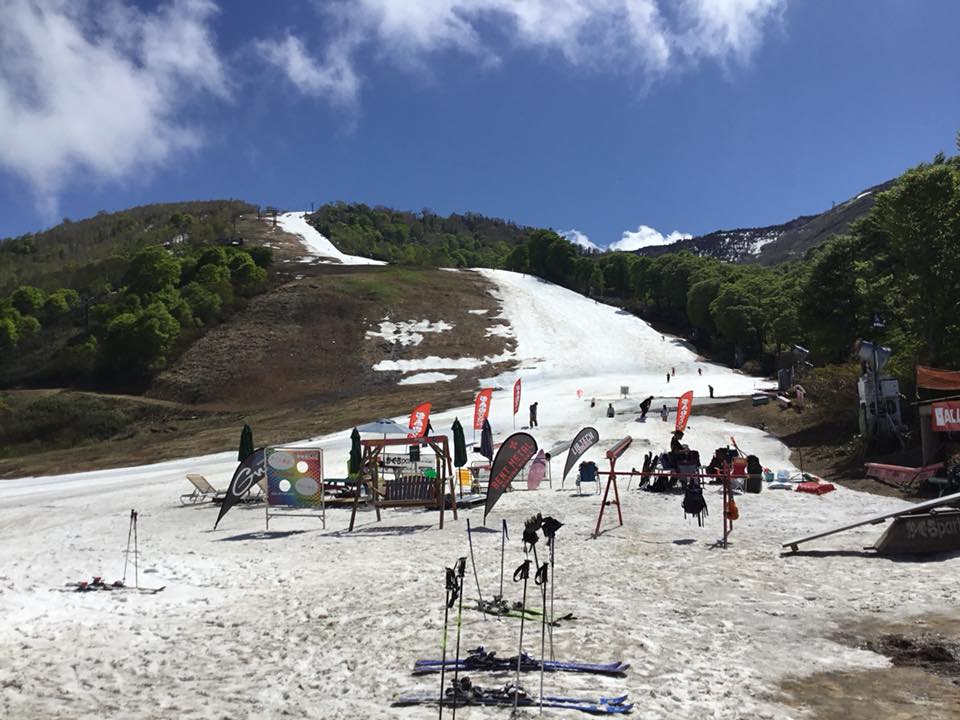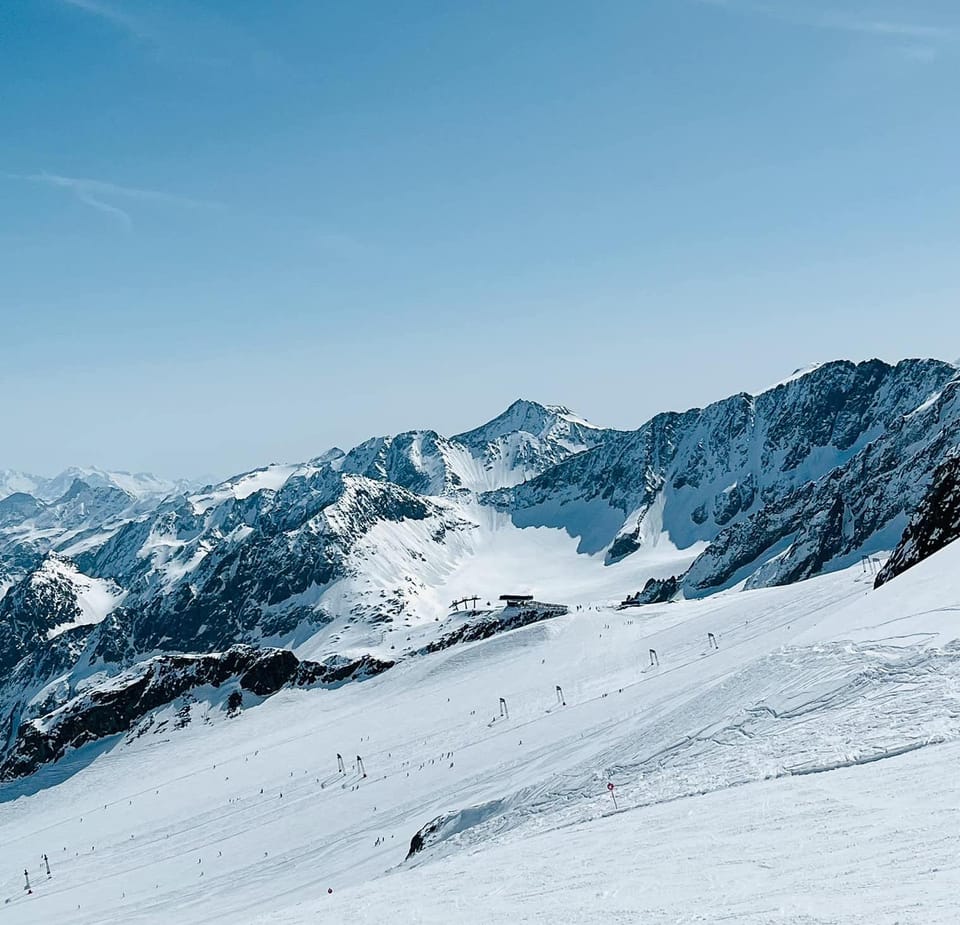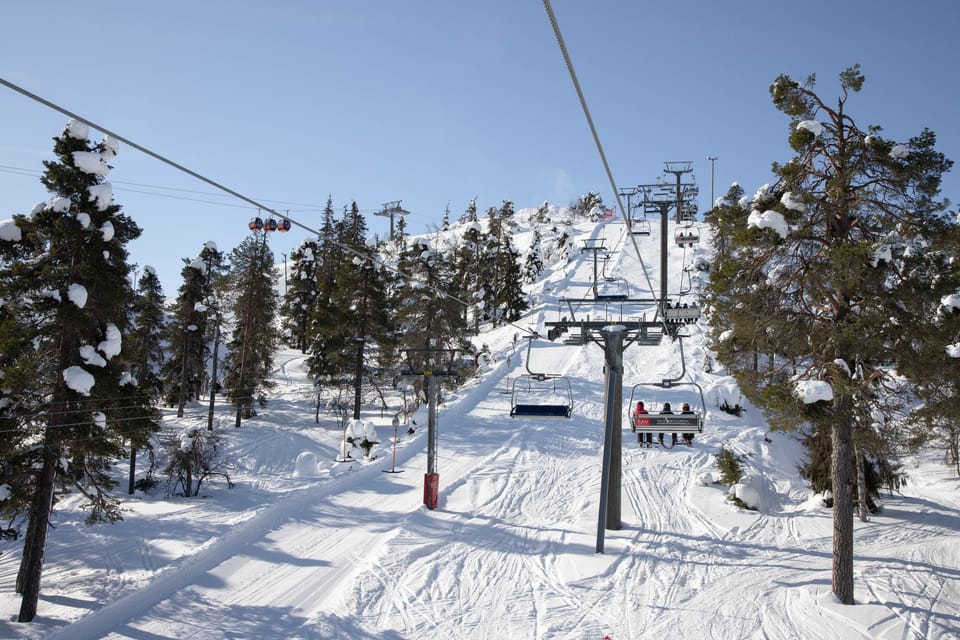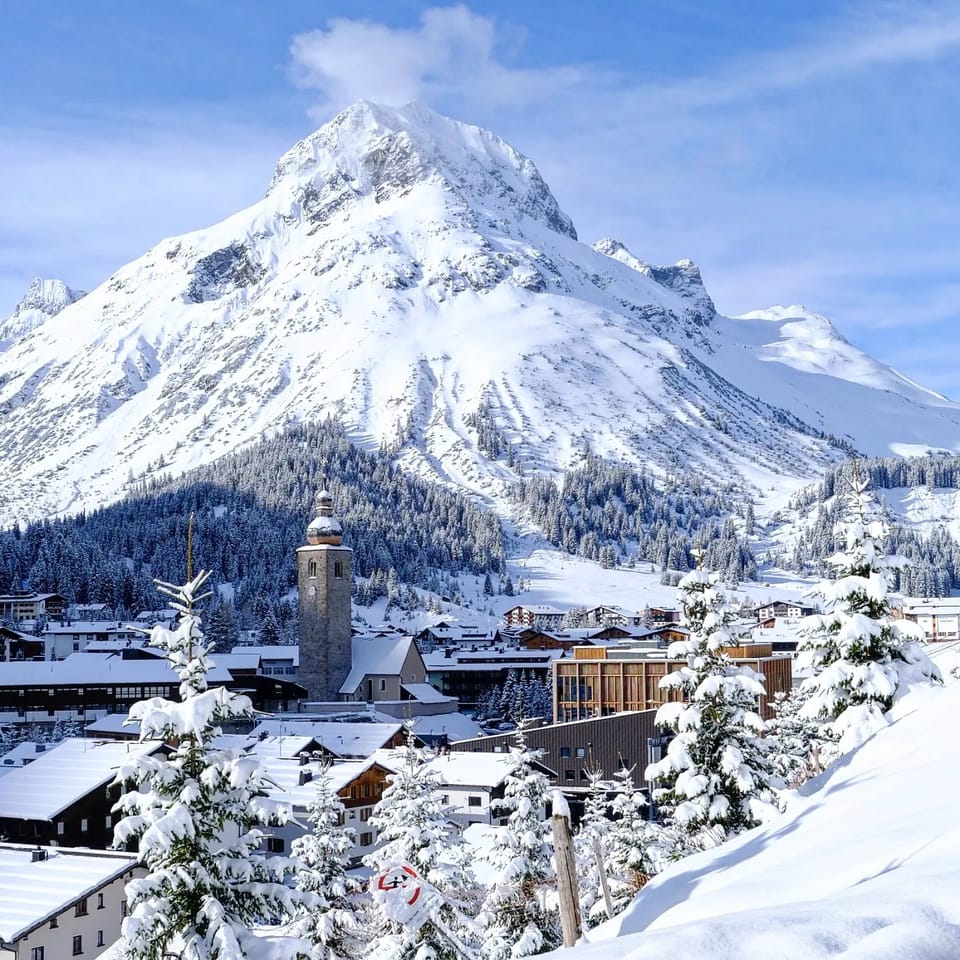The 2017-2018 Japan season has ended... almost!

The spring ski season in Japan often seems rather long, with quite a few ski resorts at higher elevations managing to remain at least part open until the second week of May. It has seemed particularly long this time around. I think it is fair to say that most regions around Japan did not receive much snowfall once we got into March this year and so it was good that there was generally decent snowfall during the early and peak season months.
So here we are closing in on the end of May. By the end of the ‘Golden Week’ run of national holidays on 6th May, most ski resorts had closed leaving just a handful of ski lifts still spinning.
The Kagura ski resort in Niigata Prefecture managed to keep a 1500m course open through until Sunday 27th which was good going (and normal for that resort). More on Kagura and Niigata in a later article.

As far as I am aware, there is now just one small ski hill featuring natural snow that remains open in Japan. (There are some artificial summer slopes available). Located in Yamagata Prefecture and about 60km to the north west of Yamagata City, the 1984m Mount Gassan is the highest of the ‘Three Mountains of Dewa’ – or Dewa Sanzan as they are known in Japanese. The other two are the close-by Mount Haguro and Mount Yudono, and together they are holy to the Japanese Shinto religion and are a very popular pilgrimage site. (And a fine place to visit during the summer and autumn months).
The Dewa Sanzan mountains are on the receiving end of heavy snowfall every year, meaning that Mount Gassan is inaccessible during the main winter season. Come early April when many other ski hills are closing up for the season, the lower access roads are cleared enough for a ski hill at an elevation of 1600m on the southern slopes of Mount Gassan to open up for business. The ski hill shares the name of the mountain – Gassan (月山) which literally translates as ‘moon mountain’.
‘Gassan’ (more info: http://www.snowjapan.com/japan-ski-resorts/yamagata/nishikawa/gassan) is a small operation and, unique opening dates aside, it offers a rather different feel to pretty much every other ski hill in Japan. Most Japanese ski hills are characterised by masses of trees lining clearly laid-out courses, but Gassan is more of a wide-open undefined area. One 1km long pair lift and two T-bar lifts operate, the latter also being a feature that is somewhat rare to see in Japan.
Gassan is probably more of a late season novelty for most people who visit. The heat during the summer months in Japan can be brutal and so getting up into the mountains and escaping it is always a relief. And what better way to escape than getting in some late season turns on the skis or a board.
Rainy season usually hits the Tohoku region around the middle of June and continues for around a month. While rainy season doesn’t mean rain every day, it’s often humid and muggy and it really is far from being the most pleasant time of the year! So the best timing to hit Gassan is usually before that rainy season hits and after it clears up – though it’s always a gamble if there will be enough snow come late July.
With the ski season now over for most, thoughts already turn to 2018-2019. I’ll be posting some more articles over what we here in Japan call the ‘green season’. Japan is going to get hotter before it gets cooler once again.
But before you know it we’ll be counting the weeks and days before the first snowfall is spotted in autumn!




